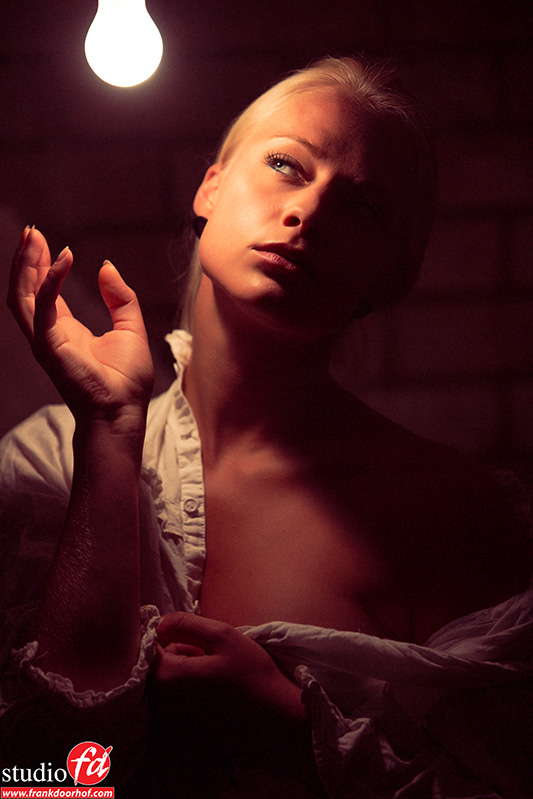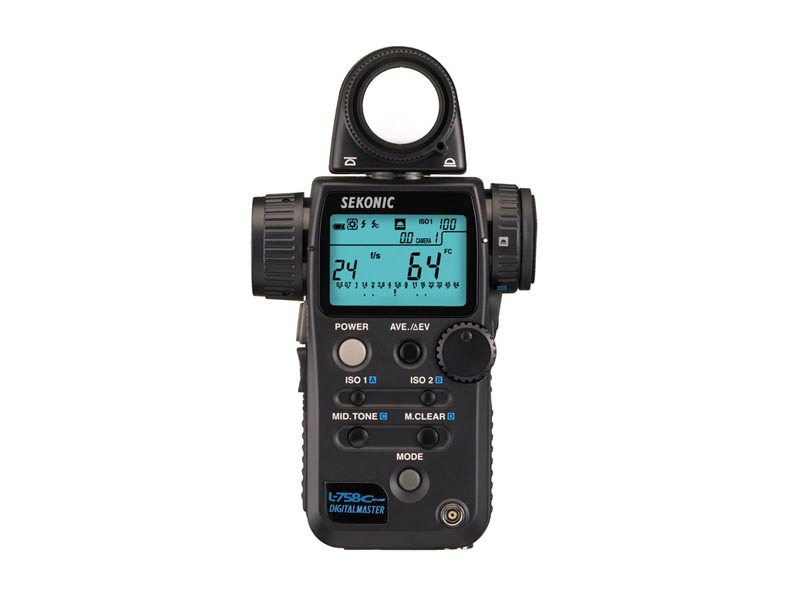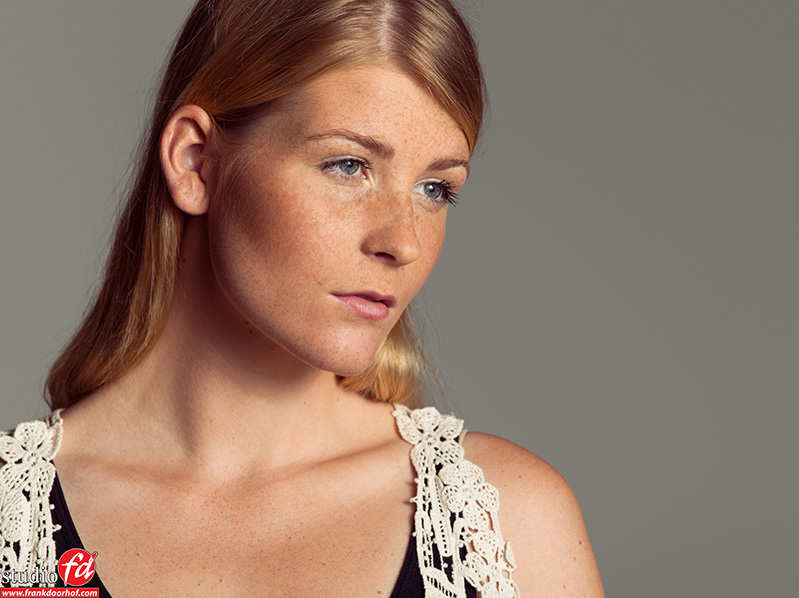Who needs expensive lights
You know….. sometimes we are so caught up in our work that we forget to think about how things can be different. We as humans are “beasts of habit” meaning that we will figure something out, and if that something works really well for us we will always get back to that. And we photographers… well sorry to say it…. we are also that way.
That’s why sometimes it’s so incredibly important to make sure that you do a what I call “hard reset” and don’t get me wrong, I don’t want you guys (and girls) to bang your head against the wall until you pass out and wake up, so please don’t do that. What I do mean is that you should sometimes literally just pull the plug out of your strobes, put everything aside that has anything to do with “studio technique” and get back to the basics. Learn how to “see the light” but most of all “to understand the light”. And there is hardly any better tool to do this than the good old fashioned (and oops indeed it’s old fashioned, we stocked up on some because over here they are not sold anymore in the higher watts) lightbulb.
During the glamour workshop I will often grab my lighbulb fixture, it was the most bare bone fixture I could buy, and hang it from a boom stand, tell the students “this is the new setup” and watch how their jaws drop and their expressions go like “the what, the who, are you nuts”….. well yes and no (but you already know that). No really…. a lightbulb when used the right way is one of the most awesome light sources there is. So in this blog post some explanation and images from that simple lightbulb session….





You must be logged in to post a comment.